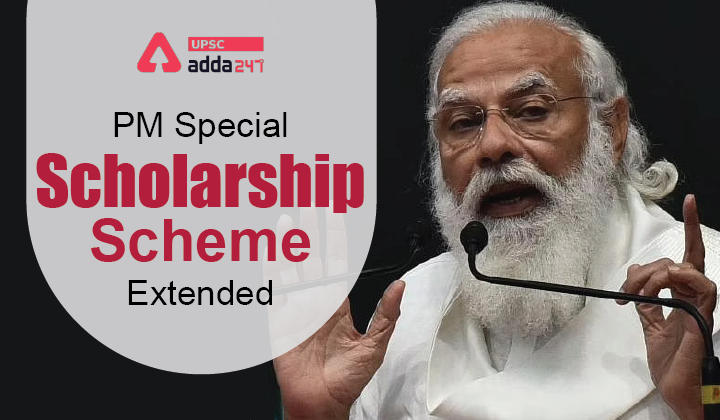Table of Contents
PMSSS UPSC: Relevance
- GS 2: Welfare schemes for vulnerable sections of the population by the Centre and States and the performance of these schemes
PMSSS scheme: Context
- Recently, the Union Government has extended the PM Special Scholarship Scheme Extended for students from Jammu and Kashmir and Ladakh for another five years
PM Special Scholarship Scheme : Key points
- The decision was taken in the wake of the encouraging response the government has received.
- The government wants to continue the scholarship along with a simultaneous focus on opening new educational institutes in the newly created Union Territories.
About the PMSSS
- Ministry of Education has launched the Prime Minister’s Special Scholarship Scheme (PMSSS) in 2011 to provide funding to 5,000 meritorious students each year to study in private and government educational institutions across the country.
- The scheme is implemented by the All India Council for Technical Education (AICTE).
- Under the PMSSS Scheme, the youths of J&K and Ladakh are supported by way of scholarship in two parts namely the academic fee & maintenance allowance.
- The Scheme aims to build the capacities of the youths of J&K and Ladakh by Educating, Enabling and Empowering them to compete in the normal course.
- Under the Scheme, the youths of J&K and Ladakh are supported by way of scholarship in two parts namely the academic fee & maintenance allowance.
- The academic fee is paid to the institution where the student is provided admission after on-line counselling process conducted by the AICTE.
- In order to meet expenditure towards hostel accommodation, mess expenses, books & stationery etc., a fixed amount of Rs.1 Lakh is provided to the beneficiary and is paid in instalments @ Rs. 10,000/- per month directly into student’s account.
PMSSS updates
- According to AICTE data, there was a substantial increase in the number of applications received in the academic years 2020-21 and 2021-22, following a dip in 2018-19 and 2019-20.
- The scheme offers 4,500 seats for general education courses (Bachelor’s in Arts, Commerce and Science), and 250 seats each for engineering and medical degrees.
- There are not many takers for general education seats. When these seats are not filled, they are converted on a pro rata basis into engineering and medical seats, raising the 500-seat limit.
- However, due to various reasons, all 5,000 seats are never filled.
- Some of the reasons for students opting out of the scheme include securing admission in a college of their choice in J&K or Ladakh, feeling homesick, and concerns over the language barrier.
Read current affairs for UPSC





 TSPSC Group 1 Question Paper 2024, Downl...
TSPSC Group 1 Question Paper 2024, Downl...
 TSPSC Group 1 Answer key 2024 Out, Downl...
TSPSC Group 1 Answer key 2024 Out, Downl...
 UPSC Prelims 2024 Question Paper, Downlo...
UPSC Prelims 2024 Question Paper, Downlo...




